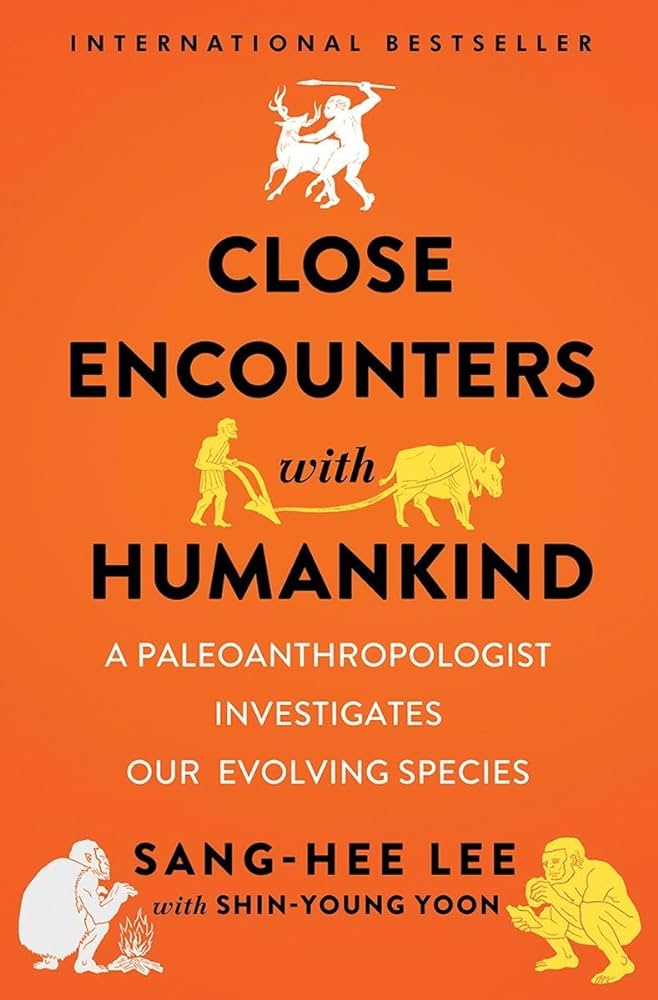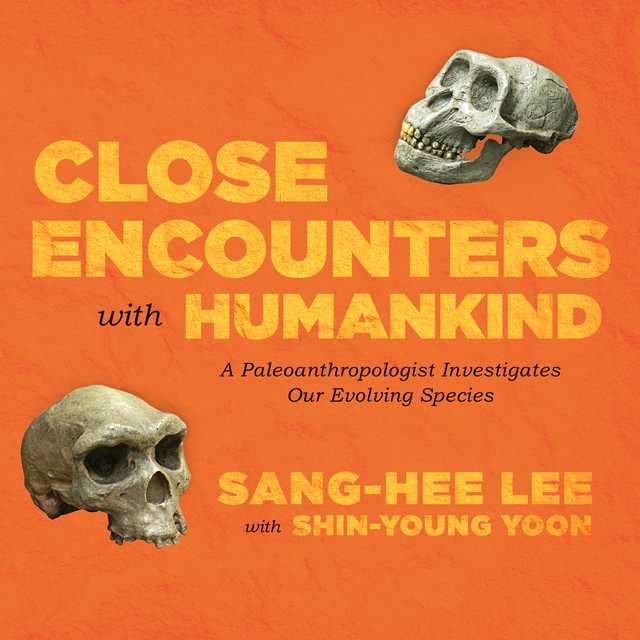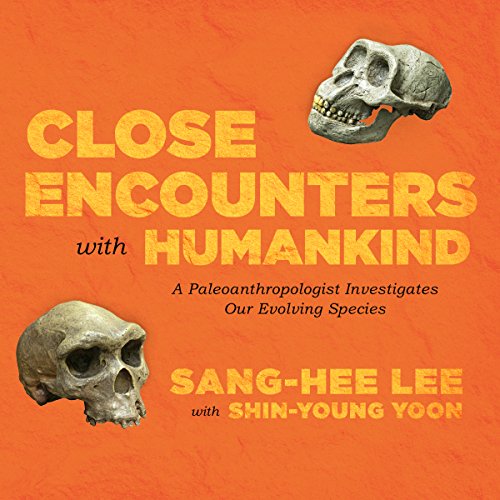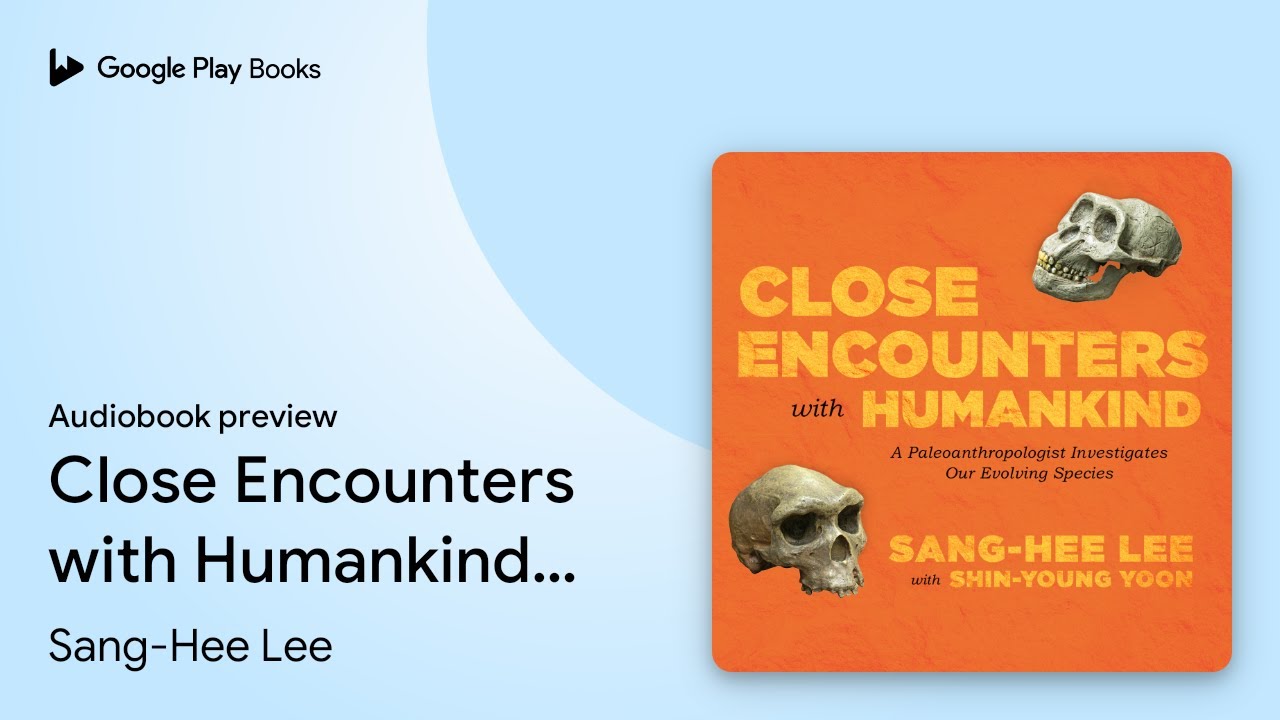“Close Encounters With Humankind” by Sang-Hee Lee explores human evolution through fascinating stories and scientific insights. The audiobook offers a fresh perspective on our origins.
Sang-Hee Lee, a renowned paleoanthropologist, delves into the mysteries of human evolution in “Close Encounters With Humankind. ” Her engaging narrative combines scientific discoveries with intriguing anecdotes, making complex topics accessible and interesting. Each chapter addresses a different aspect of our evolutionary journey, from the development of bipedalism to the extinction of Neanderthals.
Lee’s storytelling captivates listeners, providing a deeper understanding of what makes us human. This audiobook is perfect for anyone curious about human history and the science behind our species’ development. Dive into this enlightening journey to uncover the secrets of our past.
Unearthing Our Origins
In Close Encounters With Humankind, Sang-Hee Lee takes us on a journey. This journey helps us understand human evolution. The audiobook uncovers fascinating details about our ancestors. It also explores how we evolved over millions of years.
Fossils And What They Tell Us
Fossils are like time capsules. They offer a glimpse into the past. Through fossils, scientists like Sang-Hee Lee can learn about ancient life. Fossils show us how our ancestors looked and lived.
Bones and teeth are the most common fossils. These parts can survive millions of years. They tell us about diet, age, and health. Fossils also reveal how species changed over time.
In Close Encounters With Humankind, Lee explains how fossils are found. She talks about the tools and methods used in excavations. This helps us understand the hard work behind each discovery.
The Evolutionary Tale Of Homo Sapiens
Homo sapiens are modern humans. Our story is a tale of survival and adaptation. Lee narrates this story with vivid details. She explains how Homo sapiens evolved over time.
Our ancestors faced many challenges. They had to find food and shelter. They also had to protect themselves from predators. Over time, they developed tools and weapons. These innovations helped them survive.
Lee discusses the migration patterns of Homo sapiens. Our ancestors traveled far and wide. They crossed deserts, mountains, and oceans. Their journeys helped spread human life across the planet.
Key Points:
- Fossils provide crucial insights into our past.
- Bones and teeth are the most informative fossils.
- Homo sapiens evolved through adaptation and innovation.
The audiobook Close Encounters With Humankind offers a deep dive into human evolution. Sang-Hee Lee’s engaging narrative makes complex topics easy to understand.

Credit: www.amazon.com
Human Evolutionary Puzzles
Sang-Hee Lee’s audiobook, “Close Encounters With Humankind”, delves into the mysteries of human evolution. This engaging exploration helps us understand our ancestors better. The book presents fascinating puzzles about our origins.
The Mystery Of Upright Walking
One of the biggest puzzles is the evolution of upright walking. Why did our ancestors start walking on two legs? Walking on two legs is not common among animals. It requires a lot of energy.
Lee examines different theories in her audiobook. Some scientists believe it helped early humans see over tall grass. Others think it freed up hands for tool use and carrying food. The audiobook explores these theories in detail.
Walking upright changed our bodies. It affected our spine, hips, and legs. It also impacted how we gave birth. The change to walking on two legs is a major part of human evolution.
Neanderthals And Modern Humans
Neanderthals are another puzzle in human evolution. They lived alongside early modern humans. But they were different in many ways. Neanderthals had bigger brains but different skull shapes. They were strong and well-adapted to cold climates.
Lee’s audiobook explores how Neanderthals and modern humans interacted. Did they compete or cooperate? There is evidence that they interbred. Some modern humans have Neanderthal DNA. This indicates a complex relationship.
The book also looks at why Neanderthals disappeared. Some theories suggest climate change played a role. Others believe competition with modern humans was a factor. Understanding Neanderthals helps us learn more about our own species.
Cultural Milestones In Prehistory
In her audiobook “Close Encounters With Humankind,” Sang-Hee Lee explores the rich tapestry of human evolution. This section delves into the cultural milestones in prehistory. These milestones shaped our ancestors and paved the way for modern civilization.
The Invention Of Tools
The invention of tools marks a significant leap in human history. Early humans crafted tools from stones and bones. These tools helped them hunt, build, and survive. Simple tools evolved into more complex ones over time.
Let’s look at some key points about early tools:
- Stone tools were the first and most common.
- Hand axes were used for cutting and digging.
- Bone tools were used for sewing and fishing.
These tools greatly improved the daily lives of early humans. They allowed them to perform tasks more efficiently.
Art And Symbolism Among Early Humans
Art and symbolism emerged as vital aspects of early human culture. Cave paintings, carvings, and sculptures were some of the earliest forms of art.
Here are some notable examples:
- Cave paintings in Lascaux, France, depict animals and hunting scenes.
- Venus figurines represent fertility and beauty.
- Petroglyphs are rock carvings found worldwide.
Art and symbolism played crucial roles in communication and expression. They helped early humans convey ideas and stories.
In Sang-Hee Lee’s audiobook, you’ll discover how these cultural milestones shaped human history. Understanding these milestones helps us appreciate our shared past.

Credit: speechify.com

Credit: www.audible.com
Conclusion
Sang-Hee Lee’s “Close Encounters With Humankind” audiobook offers a captivating journey into human evolution. It’s accessible and insightful, making complex topics easy to understand. Perfect for anyone curious about our ancient past. Dive in and enrich your knowledge about humanity’s fascinating origins.
This audiobook is a must-listen for history and science enthusiasts alike.



